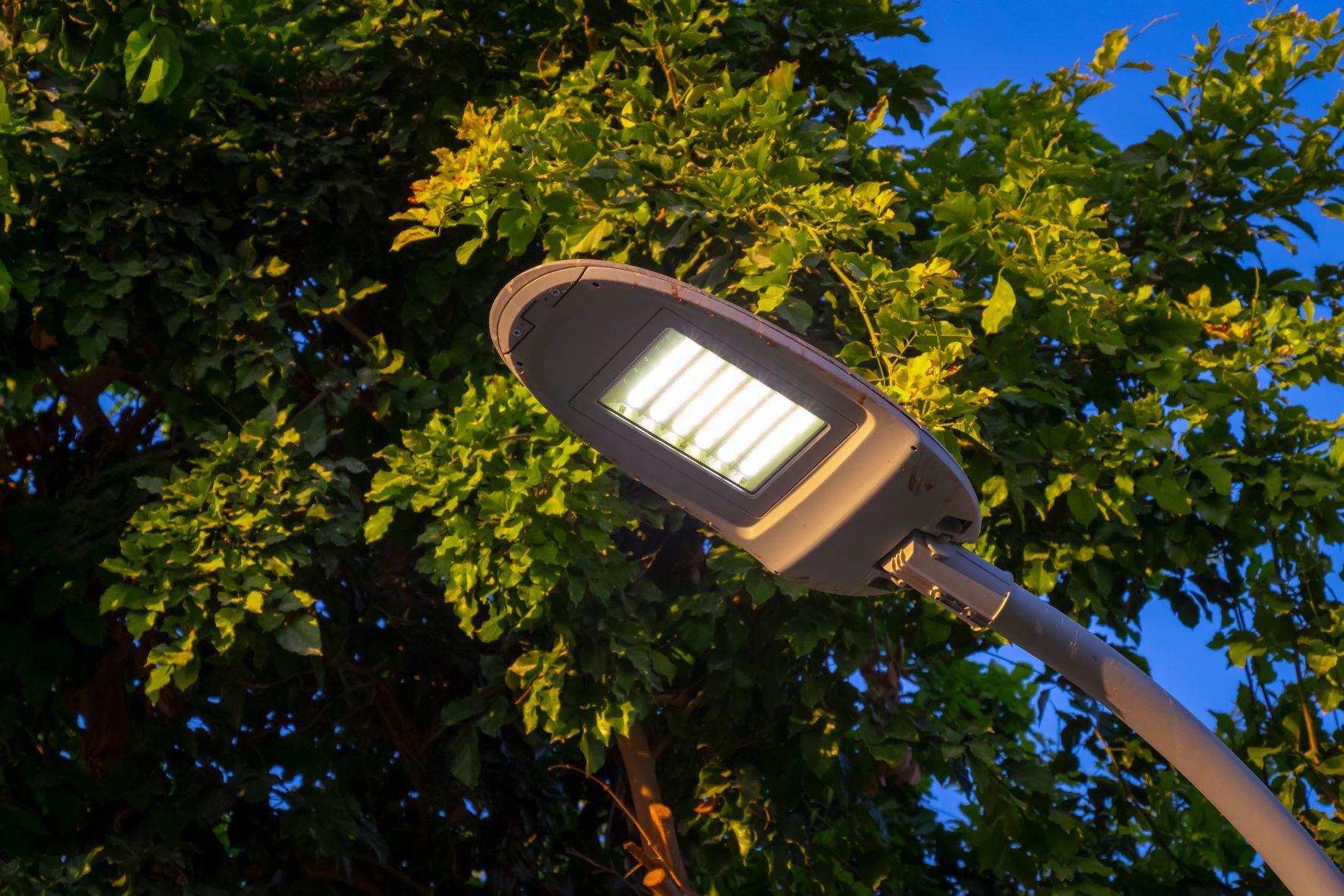Posted By:
Vikki Leaney
Climate Change Stakeholder Engagement Officer

Changing to LED lights is a relatively straightforward way to reduce carbon emissions and save money. Northumberland County Council (NCC) has invested £25 million of its capital ‘Invest to Save’ budget in replacing nearly 20,000 streetlights with new LED lights.
Invest to Save is a funding mechanism that councils can use where the initial funding is repaid within 25 years from anticipated budget savings – in this case reduced energy bills and lower maintenance costs.
In Northumberland after the project was completed, it had resulted in a reduction of carbon emissions of around 2,700 tonnes between April 2015 and March 2021, the equivalent of taking over 600 cars off the road.
The overall street lighting energy bill (including some streetlights that were not modernised as part of this project) halved, from £2.2 million to £1.1 million a year. Part of these savings are used to repay the ‘Invest to Save’ loan, leaving the council with savings of around £300,000 per year.
As well as cutting carbon and costs, the new LED streelights offer additional benefits:
The project was delivered by Galliford Try working in partnership with the Council. During the procurement phase of the project, a Project Board was set up, headed by the Executive Director, with representatives from Finance, Legal, Procurement and Technical departments. This helped to ensure smooth delivery of the project which was delivered over 5 years, between 2015 and 2020.
This project aligns with the council’s Climate Action Plan Priority Action Area 5 (energy) by cutting carbon. By 2023, Northumberland Council plans to have switched all its estates (including council maintained schools) to LED lighting, to further reduce the energy demand and carbon footprint.
The total investment was £25 million, which included replacing the old concrete and steel lamposts with locally manufactured new steel ones. This funding came from the council using Invest to Save; a funding mechanism that councils can utilise whereby the initial funding is repaid within 25 years from anticipated budget savings – in this case reduced energy bills and lower maintenance costs.
The project was delivered by Galliford Try working in partnership with the council. During the course of the project, several presentations were made to the Local Area Councils, and both the council and Galliford Try had an appointed Customer Liaison Officer who worked closely together and handled all customer enquiries.
As with any major project, affected communities should be consulted and involved in the process so they understand what is happening and the reason for the changes.
Find more resources for councils on our Learning Out Loud pages.
T: 0207 4100330 E: info@ashden.org
The Peak, 3rd Floor 5 Wilton Road, London, SW1V 1AP
Registered in England and Wales as a company limited by guarantee.
Registered number: 05062574/ Charity number: 1104153
See our privacy policy.
This site uses cookies to provide you with the best user experience. By using the Ashden website, you accept our use of cookies.
Stay up to date